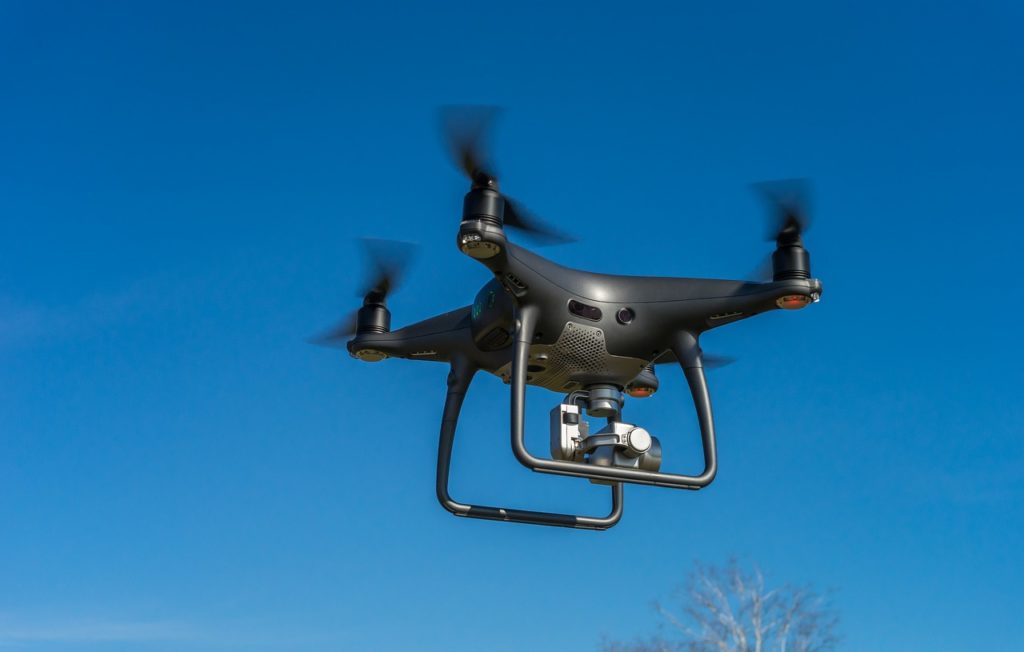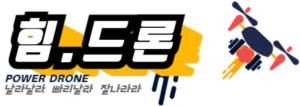It is the Kent Police Department’s policy to use UAS to improve the department’s ability to save lives, protect property and conduct investigations. All applications of UAS must be conducted in accordance with federal, state and city law, including the use of drones for law enforcement purposes and to protect public safety.

UAS, also commonly referred to as unmanned aerial vehicles (UAVs) or drones, can provide life-saving assistance to public safety authorities during emergency calls. Unmanned aerial systems are unmanned aircraft of any type capable of continuous flight, remotely controlled and pre-programmed, with supporting and connected hardware designed to collect information through photography, video recording and other means.
However, many public safety agencies across the country cannot afford to buy drones because the cost of the technology is very high, according to the US Justice Department.
Skydio, NPS, and DDP.org share the same vision and hope to alleviate this problem by launching a pilot program in which public safety departments of all kinds can request free drone reception for the department. The report then looks at various ways agencies can ensure they acquire the most effective drones for their operations. It then explains the importance of involving the Community in the implementation of drone programmes in order to ensure support for the programme.
This is not just an oversight by Congress or a federal agency, but a direct result of limited drone detection and mitigation technologies. Local police and sheriff’s departments are able to buy and use the most advanced drone technology because they do not break the law when they use it.
For example, a technology that uses radio signals to block or detect an incoming malicious drone that is being used improperly can interfere with the radio signal used. The drone is flown by a tablet – like a device that also shows who is flying the drone and what it is doing.
Smaller drones could save police time and money, but privacy advocates fear they could also make it easier for police to spy on people. The Federal Aviation Administration has granted drones permission to fly in 16 North Dakota counties where officers have been trained to use them. But special permits are needed because the FAA has not yet developed rules for the use of small drones.
But privacy advocates argue that the government would be able to monitor nationwide if drones were cheaper to operate than their manned counterparts. Drones are often smaller and cheaper than the remote-controlled helicopters that police use for surveillance purposes. And because drones are cheap to operate, most law enforcement agencies that can afford them are now much more reliant on their manned counterparts than the police.
The term “unmanned aircraft” is misleading, because law enforcement agencies currently do not have systems that can perform fully autonomous operations, and some systems need an operator as part of the mission. The surveillance equipment that can be placed on a drone is also much more expensive than what can be mounted on manned aircraft.
Intelligent security systems see videos – sawing and facial recognition by drones – but there is no evidence that surveillance is the primary benefit.
Camera-equipped drones are usually used to ensure the safety of officials and the public, as well as to document accidents and crime scenes. The drone program is designed to support police and emergency operations from the air to improve safety for citizens of the city of Burbank.
Unmanned aircraft systems (UAS), better known as “drones,” are the most common type of unmanned aerial vehicle in the United States. The Burbank Police drone program has not proved to be a substitute for the use of helicopters or other aircraft, but rather a complement. We adopted the drone program because we recognize the benefits and value it offers in improving public safety.
The Burbank Police Department launched its drone program in 2018 and spent several months researching the project with the help of the U.S. Department of Homeland Security and the Federal Aviation Administration (FAA).
Prior to the launch of the drone program, several sworn police officers were trained in drone operation and the use of UAS technology and acquired the necessary licenses and certificates to operate drones as part of their training. The Burbank Police Department investigated the US Department of Homeland Security and the Federal Aviation Administration (FAA) to develop the program and explore best practices, policies and practices regarding the use of UAS technologies by law enforcement. In addition, the FAA’s Office of the Inspector General (OIG), the Bureau of Alcohol, Tobacco, Firearms and Explosives (ATF), issued its Guidance for the Use of Unmanned Aeronautical Systems (UAA) for the Development of Drone Technology.
Before implementing a drone program, state and local authorities must consider a number of factors that affect the operation of their programs, including community outreach, drone equipment selection, and drone program financing. Research the federal and state / local laws and regulations that require the agency to use drones before launching the program.


